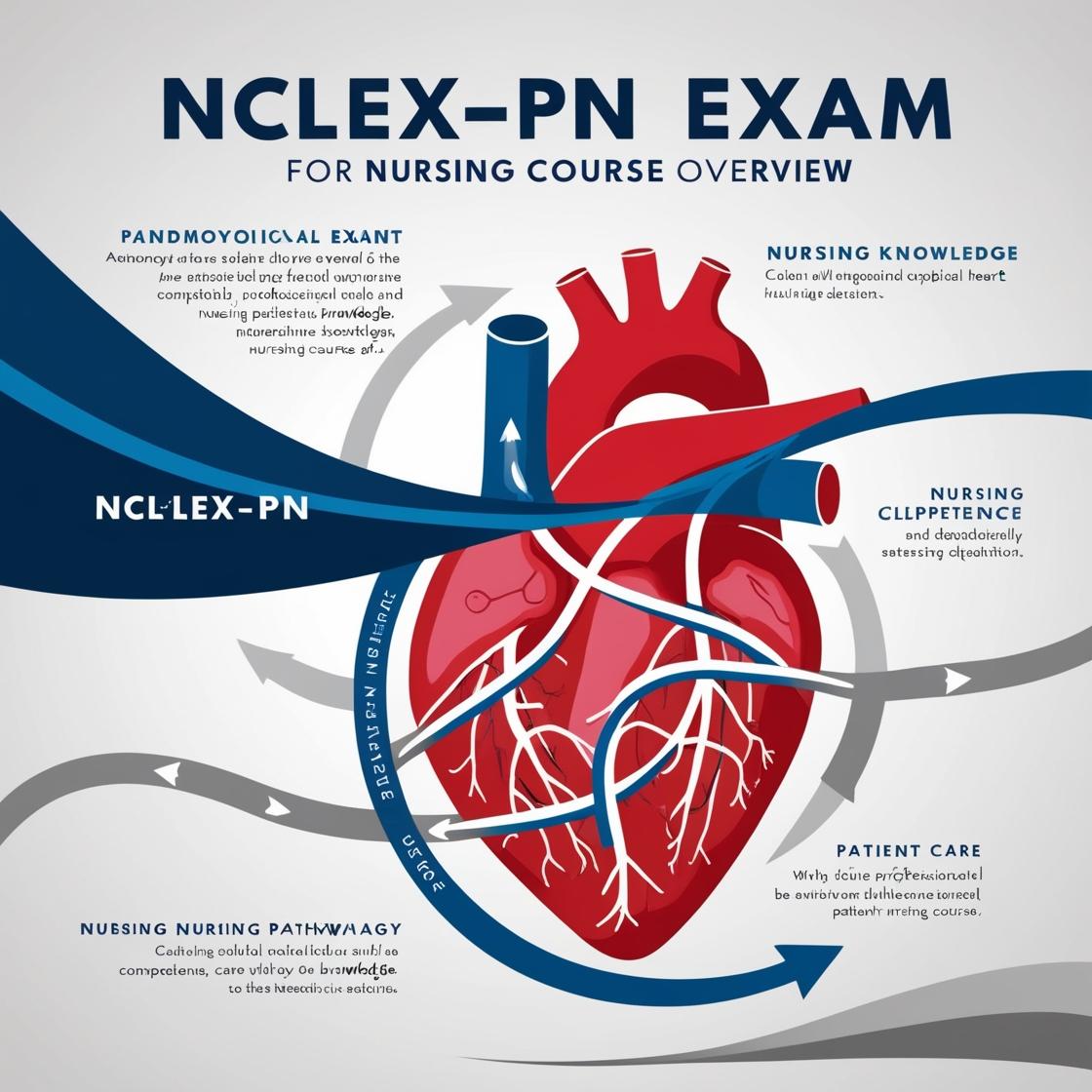NCLEX NCLEX-PN
NCLEX PN Test Bank
1. Which of the following clients would be most appropriate for an LPN to assign to a nursing assistant?
- A. an 18-year-old client with a femur fracture who is just returning to the floor from the recovery unit
- B. an 84-year-old client 2 days post-op after knee replacement surgery who needs help ambulating
- C. a 35-year-old client who is suffering from an acute asthma attack
- D. a 20-year-old client with Cystic Fibrosis who needs an early morning sputum sample collection
Correct answer: D
Rationale: Collecting sputum samples on stable clients is within the scope of practice for an LPN. This task does not require immediate intervention or assessment by an RN or medical provider. An RN should perform the initial assessment on any client immediately post-op as it requires a higher level of assessment and monitoring. A client suffering from an acute asthma attack should be attended to by an RN or medical provider due to the potential severity and need for prompt intervention. Assigning a medically stable client who needs help ambulating to a nursing assistant is appropriate as it falls within their scope of practice and allows the LPN to focus on tasks that require their expertise.
2. Which of these clients should the LPN/LVN see first?
- A. a client with a newly placed NG tube who is complaining of pain around the face and a plugged nose
- B. a post-op prostatectomy client who complains of bladder spasms and blood in his foley bag
- C. a client in an arm cast who is 2 days post-op and reports feelings of numbness and tingling in her affected arm
- D. a client newly diagnosed with Hepatitis A who reports stomach pain and itchy skin
Correct answer: C
Rationale: Numbness and tingling hours or days after a cast is applied may indicate compartment syndrome and should be reported to a medical provider right away. This is a potential emergency situation that requires immediate attention to prevent complications. The other options present expected or typical symptoms related to their diagnosis, which do not require immediate intervention. Complaints related to a newly placed NG tube such as pain around the face and a plugged nose may require assessment and intervention but are not as urgent as potential compartment syndrome. Bladder spasms and blood in the foley bag post-prostatectomy are common postoperative issues that can be addressed after the client in the arm cast with potential compartment syndrome is seen. Stomach pain and itchy skin in a client with Hepatitis A are common symptoms of the condition and do not indicate an emergency situation.
3. An LPN is talking with a client scheduled to undergo a vasectomy in the next few minutes. He states, "I know I signed the form and all, but I'm not feeling so sure of this. It can be reversed pretty easily, right?"? What is the LPN's best response?
- A. "Yes, vasectomies can be reversed, but once you have it, you may regret it later."?
- B. "It's normal to feel a little nervous before a procedure like this."?
- C. "It sounds like you have a few more questions you'd like answered. Let me grab the doctor quickly so he can answer them for you."?
- D. "It sounds like you might be a little nervous. Don't worry, this is a pretty minor procedure, and the doctor doing it is the best we have. You're in great hands."?
Correct answer: C
Rationale: The best response for the LPN is to acknowledge the client's concerns and offer to provide more information. By offering to get the doctor to answer any additional questions, the LPN shows respect for the client's right to informed consent. Option A provides some information but dismisses the client's uncertainty and implies they won't regret the decision, which may not be the case. Option B acknowledges nervousness but doesn't directly address the client's request for more information. Option D attempts to reassure the client but fails to address the need for additional questions to be answered by the doctor.
4. When a client needs oxygen therapy, what is the highest flow rate that oxygen can be delivered via nasal cannula?
- A. 2 liters/minute
- B. 4 liters/minute
- C. 6 liters/minute
- D. 8 liters/minute
Correct answer: C
Rationale: The correct answer is 6 liters/minute. When a client requires oxygen therapy, the maximum flow rate that oxygen can be delivered via nasal cannula is 6 liters/minute. Nasal cannula can effectively deliver oxygen up to 6 liters/minute. Flow rates exceeding 6 liters/minute may lead to drying of the nasal passages and discomfort for the client. Higher flow rates, like 8 liters/minute, should be administered using a mask to ensure sufficient oxygenation. Options A, B, and D are incorrect as they indicate flow rates that surpass the recommended maximum for nasal cannula delivery.
5. How far should the enema tube be inserted for a client to have a flatus-reducing enema?
- A. 4 inches.
- B. 6 inches.
- C. 2 inches.
- D. 8 inches.
Correct answer: A
Rationale: The correct answer is to insert the enema tube 4 inches. Enema tubing must be passed beyond the internal sphincter, which is typically around 4 inches in an adult. Inserting the tube only 2 inches is not far enough to reach this point. On the other hand, inserting the tube 6 or 8 inches is too far and might cause trauma to the bowel, which is unnecessary for a flatus-reducing enema. Therefore, the correct insertion depth of the enema tube is crucial to ensure effectiveness and safety in providing the intended treatment.

Access More Features
NCLEX PN Basic
$69.99/ 30 days
- 5,000 Questions with answers
- Comprehensive NCLEX coverage
- 30 days access
NCLEX PN Premium
$149.99/ 90 days
- 5,000 Questions with answers
- Comprehensive NCLEX coverage
- 90 days access
